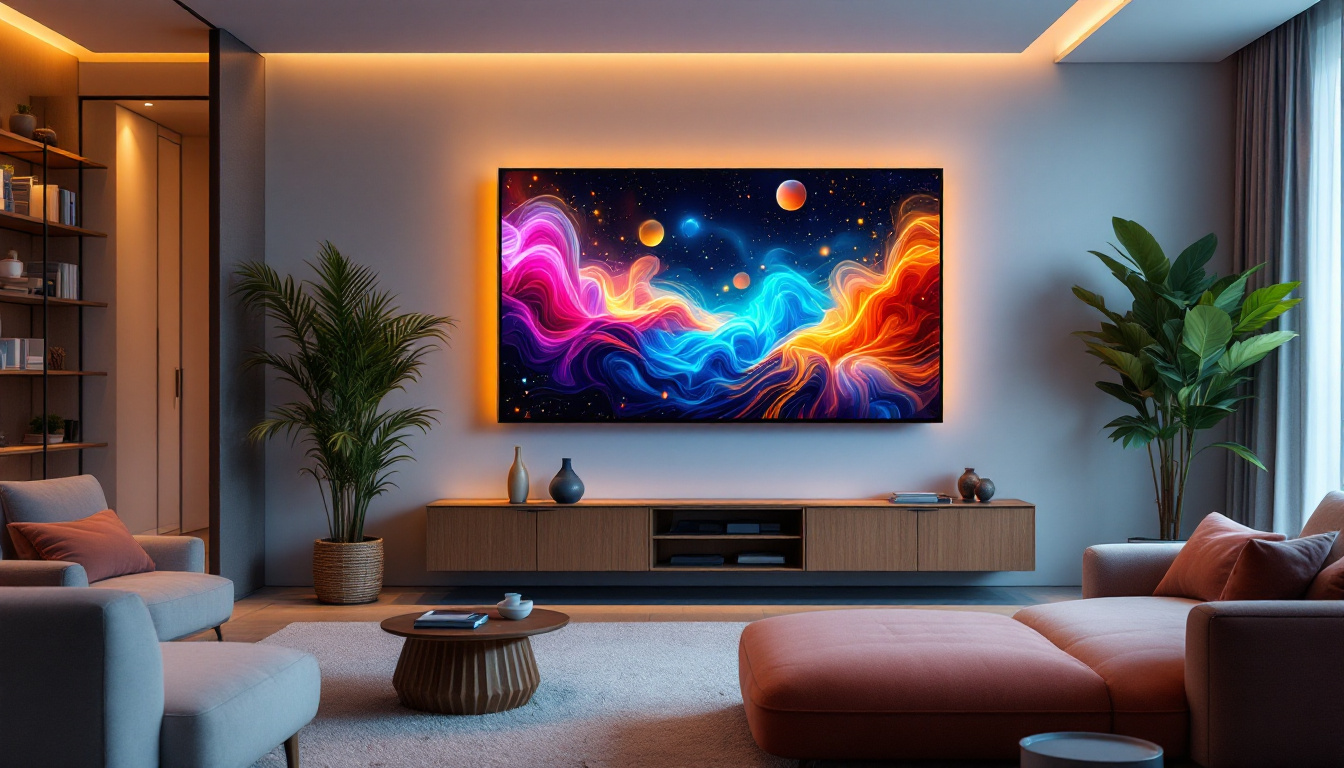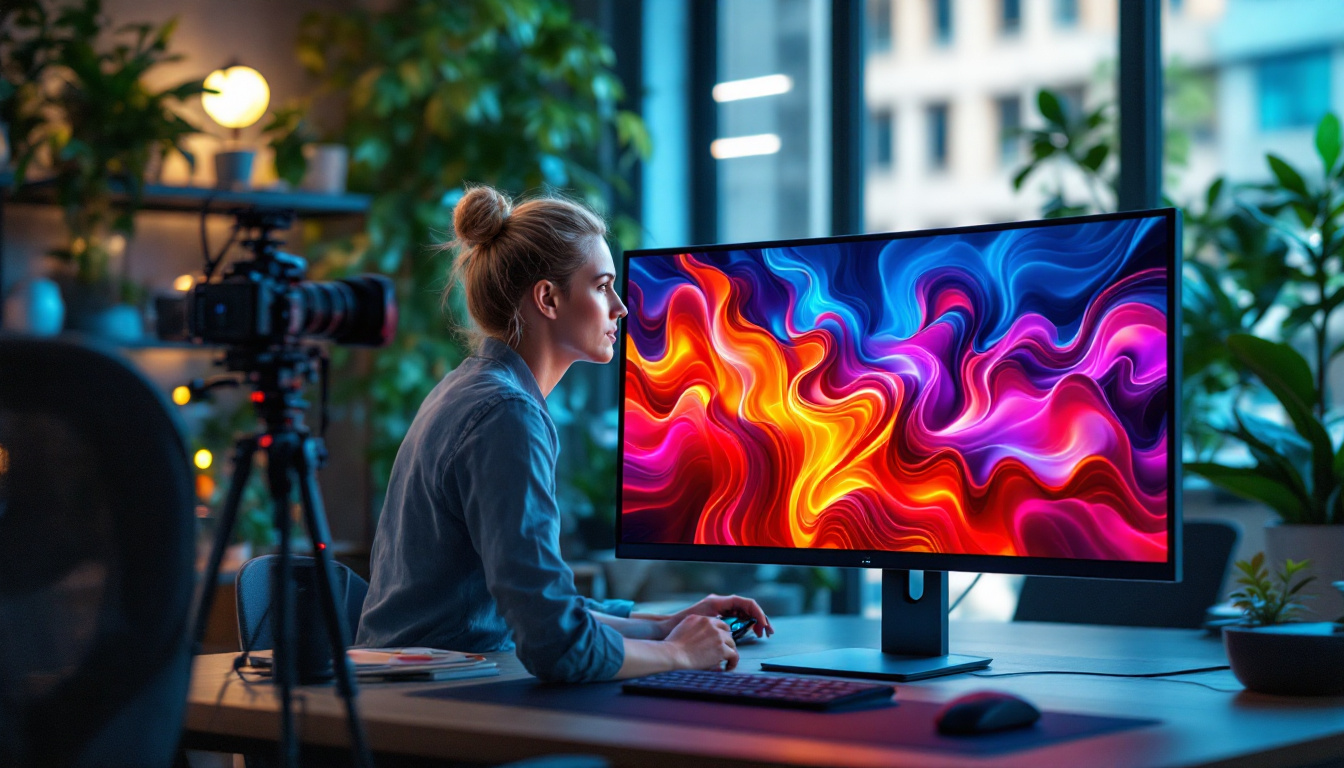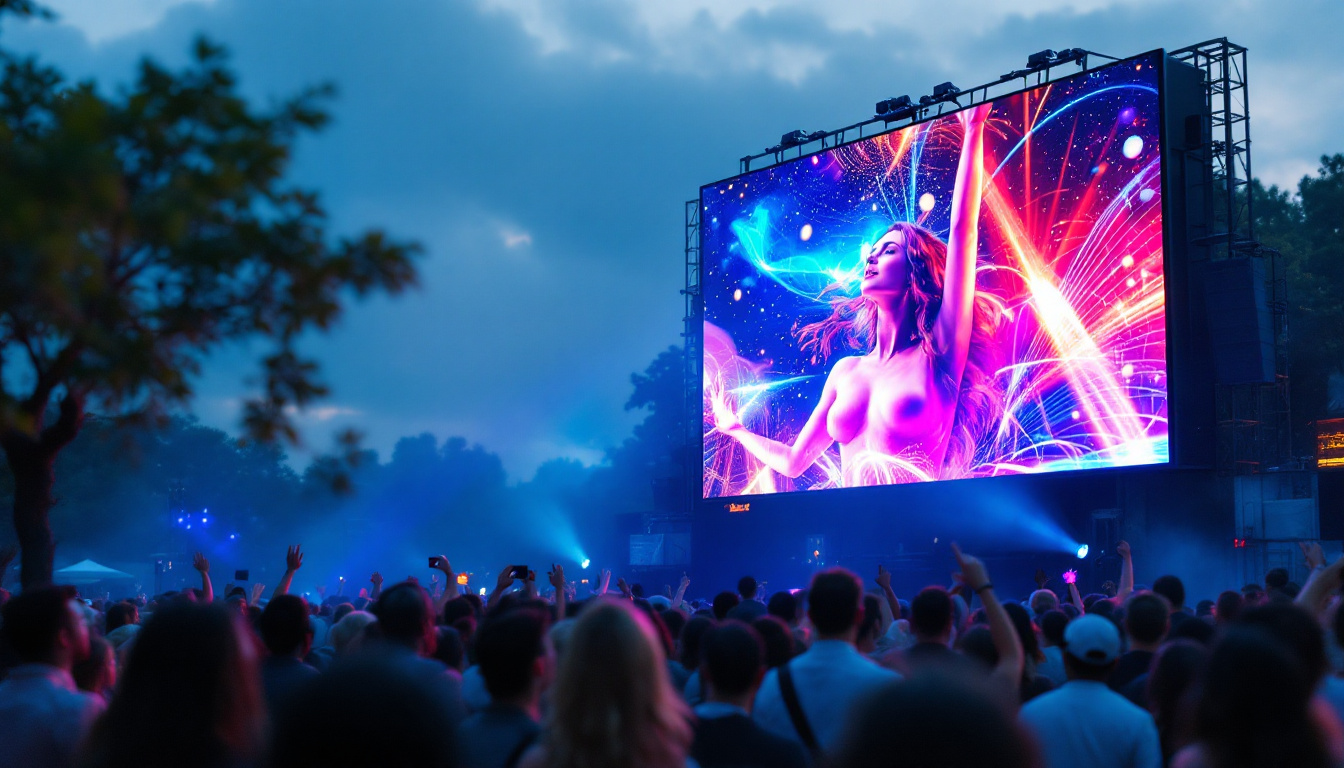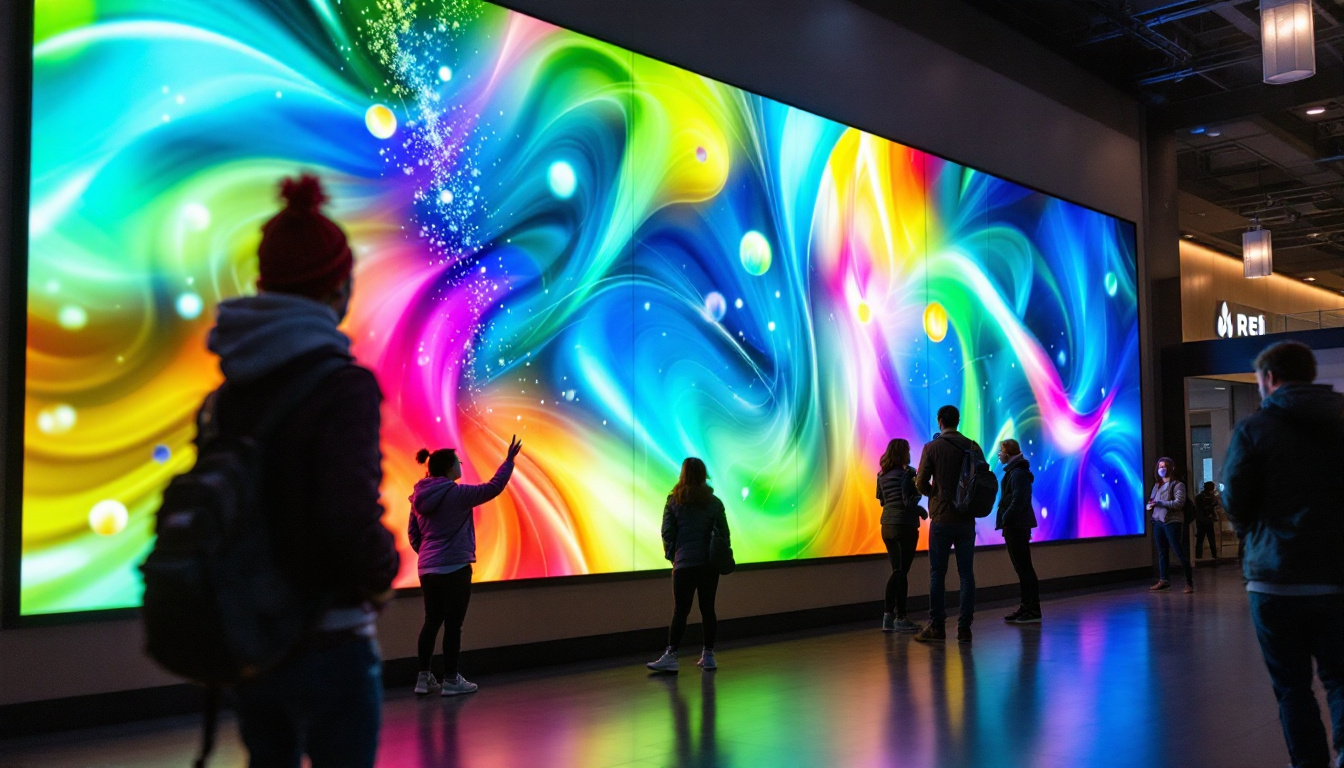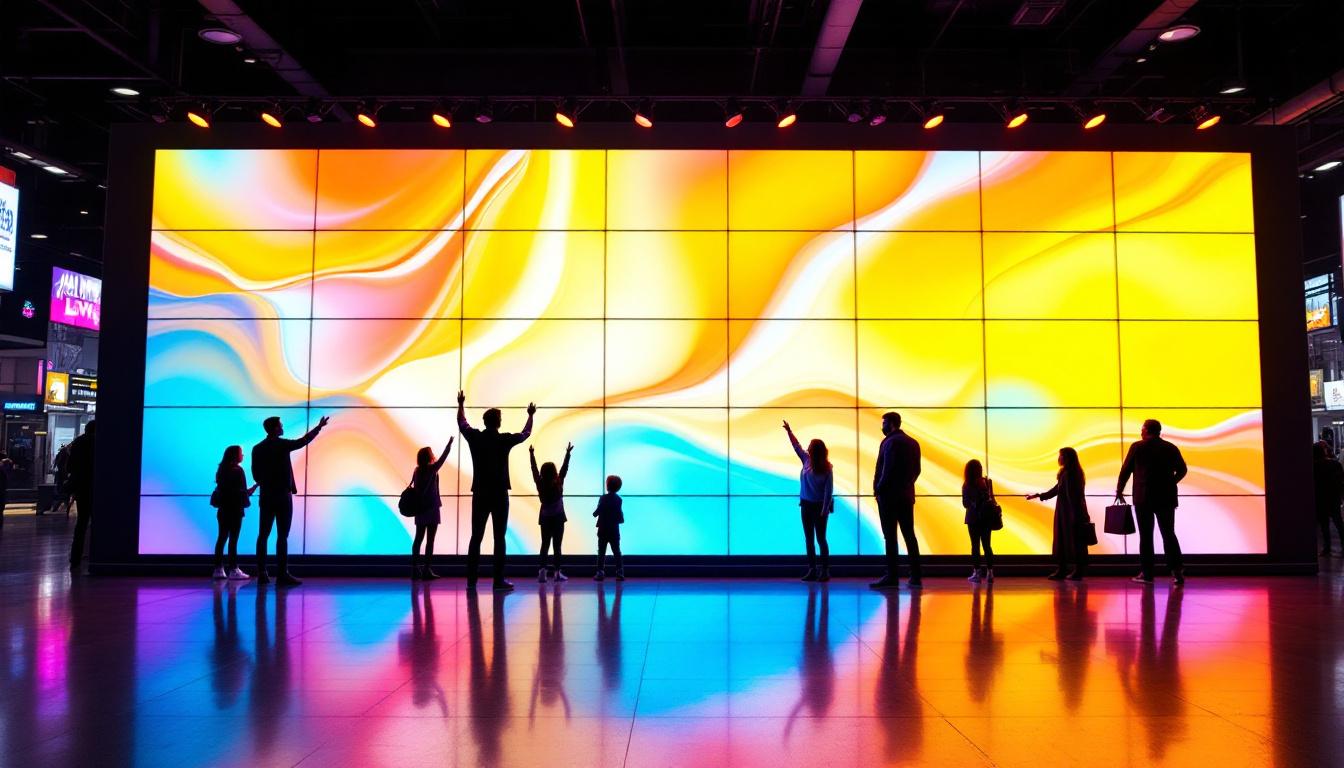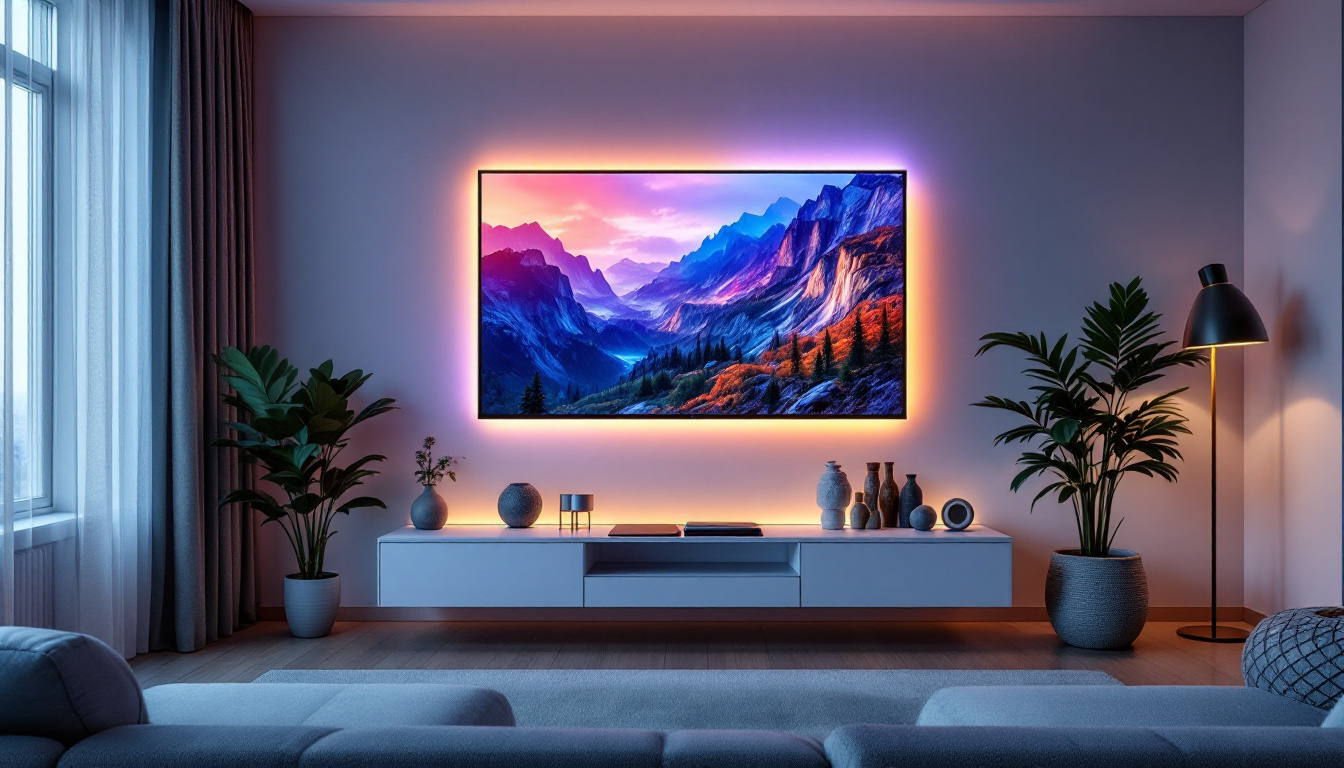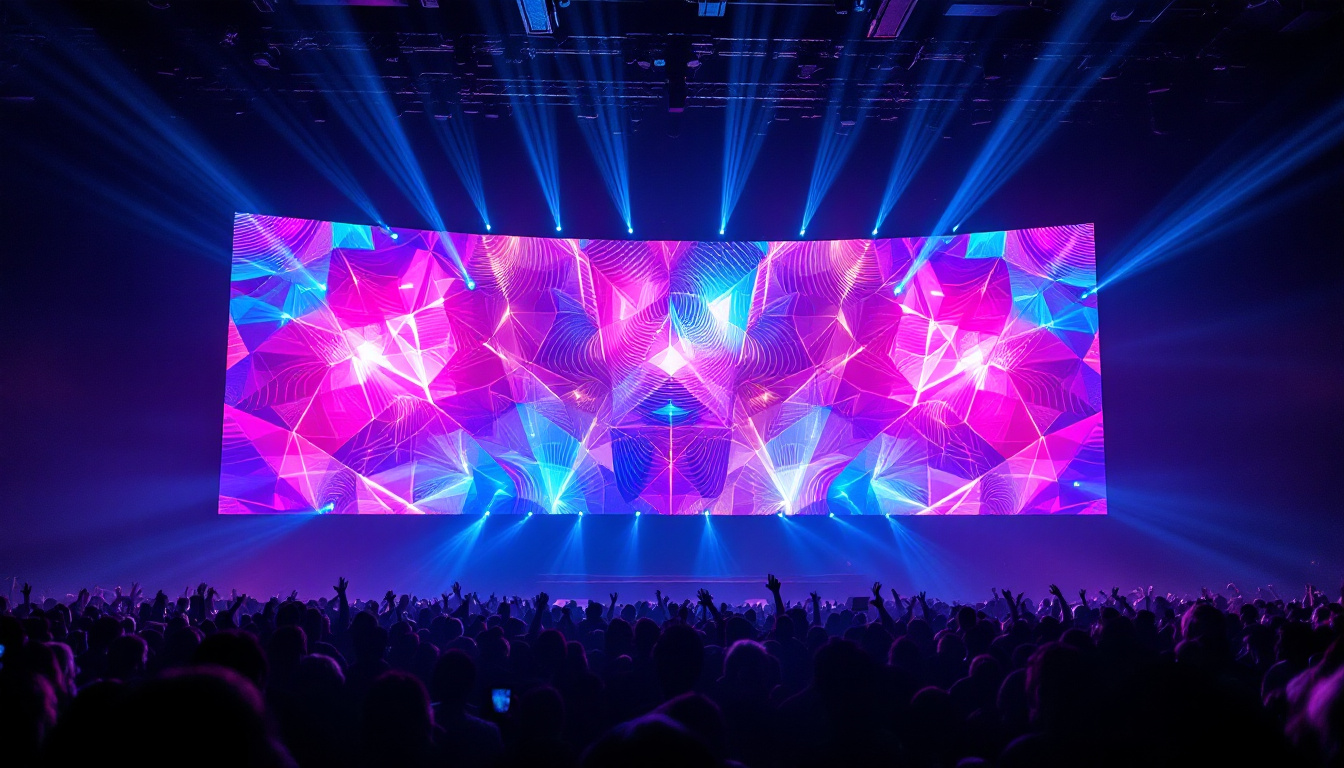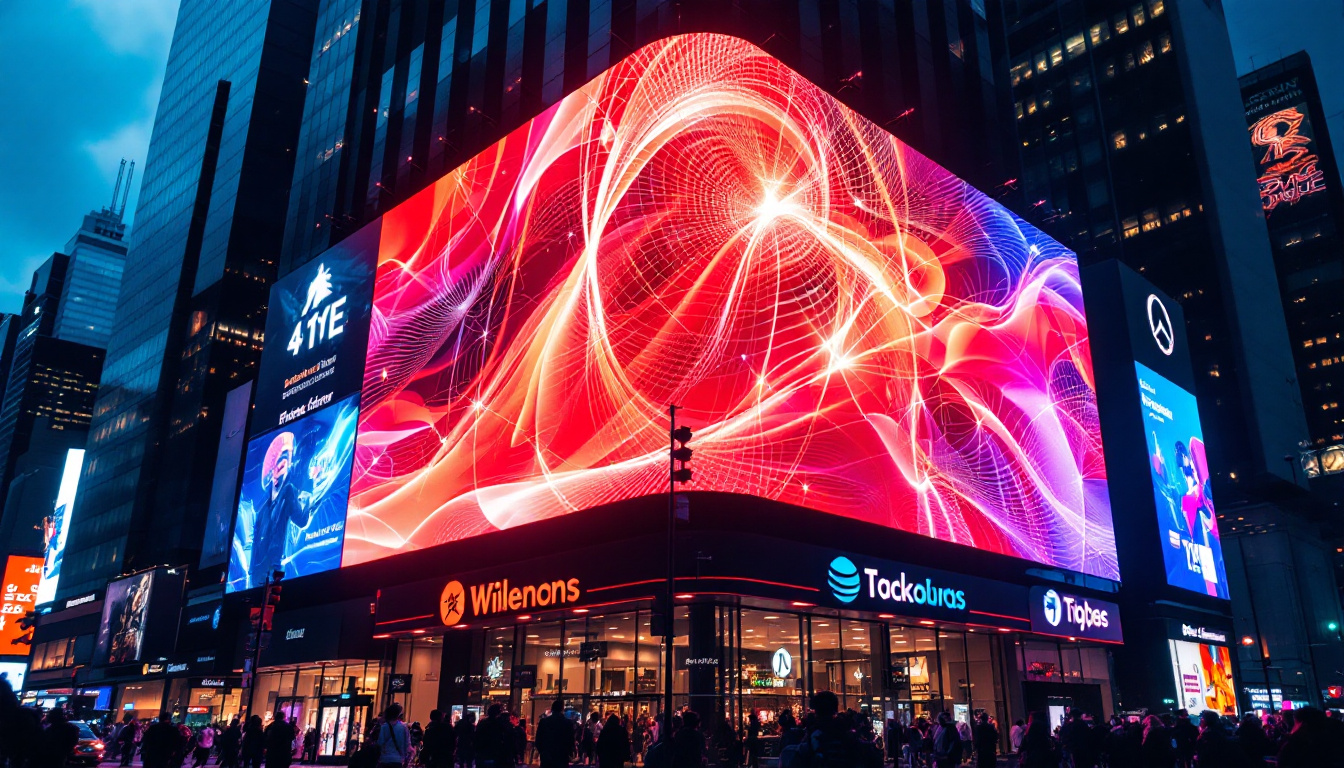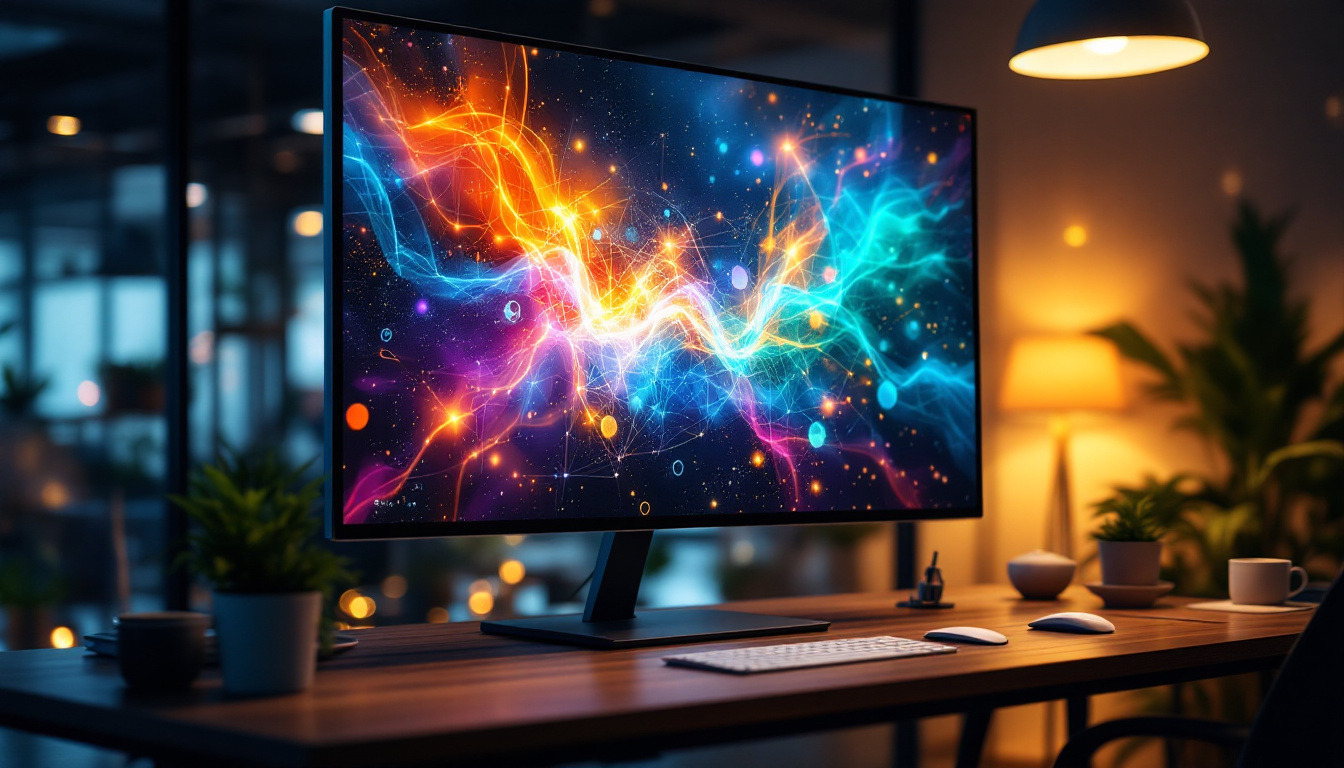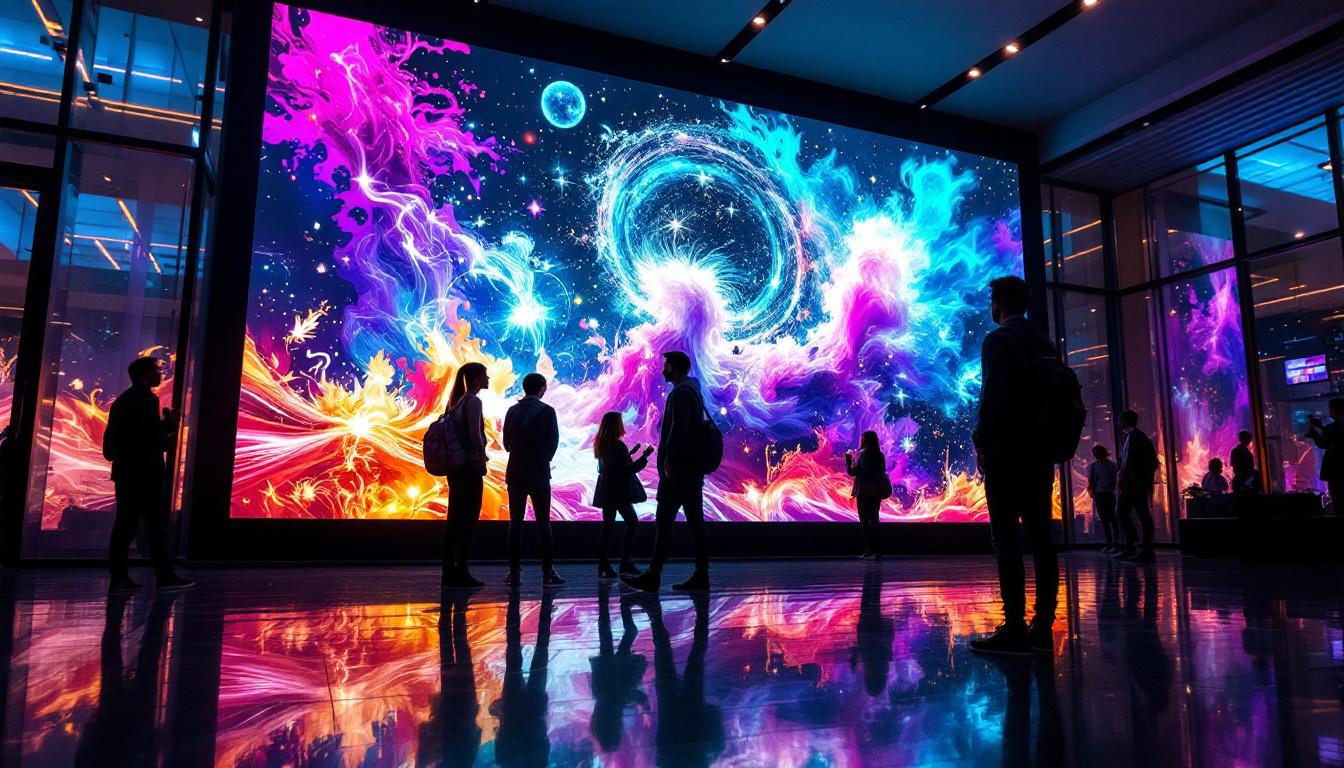The Resident Evil 2 remake has captivated gamers with its immersive gameplay and intricate puzzles. One of the more enigmatic challenges players encounter is the control room code, particularly involving the LED display. This article delves into the mechanics behind this puzzle, providing insights and strategies for players seeking to navigate this part of the game effectively.
Understanding the Control Room Puzzle
In Resident Evil 2, players find themselves in the Raccoon City Police Department, where various puzzles need to be solved to progress through the story. The control room puzzle is particularly notable for its use of an LED display, which requires players to decipher a code to unlock essential areas of the game.
The Importance of the Control Room
The control room serves as a critical hub within the police station, providing access to vital resources and information. Players must navigate through this space to gather items, unlock doors, and ultimately piece together the narrative of the game. The LED display is a key component of this puzzle, presenting a challenge that tests players’ problem-solving skills. Additionally, the atmosphere of the control room, filled with flickering lights and ominous sounds, heightens the tension, making each interaction feel significant. This sense of urgency is compounded by the lurking threats outside, reminding players that every second counts as they work to solve the puzzle and escape the dangers that await them.
LED Display Mechanics
The LED display in the control room features a series of lights that players must interact with to reveal the correct code. Each light corresponds to a specific number, and players must determine the correct sequence to unlock the next stage of their adventure. Understanding how the display works is crucial for success. Players often find themselves experimenting with different combinations, and the trial-and-error approach can lead to unexpected discoveries about the game’s mechanics. This not only enhances the immersion but also encourages players to engage more deeply with their surroundings, as they search for clues that might help them crack the code.
Common Challenges Faced
Many players encounter difficulties when trying to interpret the LED display. The lights can sometimes be misleading, and without a clear strategy, it can lead to frustration. Familiarizing oneself with the patterns and sequences can significantly enhance the gaming experience and reduce the time spent on this puzzle. Moreover, the pressure of potential zombie encounters adds an extra layer of complexity; players must balance their focus on the puzzle with the need to stay vigilant against threats. This dual challenge not only tests their cognitive skills but also their ability to manage stress in high-stakes situations, making the control room puzzle a memorable part of the Resident Evil 2 experience.
Deciphering the Control Room Code
Deciphering the control room code requires a combination of observation, logic, and sometimes a bit of trial and error. Players must pay close attention to the clues scattered throughout the environment, which can provide hints about the correct sequence of the LED display. The thrill of piecing together these clues adds an exhilarating layer to the gameplay, making every discovery feel like a small victory in the larger quest for resolution.
Gathering Clues
Throughout the police station, players can find various documents and notes that hint at the correct code. These clues are often cleverly hidden, requiring thorough exploration of the environment. Keeping an eye out for anything unusual can lead to significant breakthroughs in solving the puzzle. For instance, a seemingly innocuous memo pinned to a bulletin board might contain a cipher or a reference to a past incident that reveals a numerical significance. Additionally, players might encounter audio recordings or surveillance footage that, upon closer inspection, provide context or numbers that are crucial to unlocking the code.
Pattern Recognition
Once clues are gathered, players should focus on recognizing patterns in the LED display. The lights may flash in specific sequences that correlate with the numbers needed to unlock the code. Taking notes or screenshots of the display can help players remember the sequences they have observed. Furthermore, players might notice that the colors of the lights change based on certain triggers within the environment, such as the time of day or the actions of nearby characters. This dynamic element adds complexity to the puzzle, encouraging players to think critically about how different variables interact with one another.
Trial and Error
While it may seem tedious, trial and error can be an effective strategy. If players are unsure of the correct sequence, attempting different combinations based on their gathered clues can lead to success. This approach encourages players to engage with the puzzle actively, fostering a sense of accomplishment when they finally crack the code. The iterative nature of this process not only enhances problem-solving skills but also deepens the player’s connection to the narrative, as each failed attempt can reveal more about the environment and its hidden secrets. As players experiment with various combinations, they may also stumble upon unexpected interactions or unlock additional side quests that enrich the overall experience.
Strategies for Success
Successfully navigating the control room code requires a strategic approach. By employing specific tactics, players can streamline their efforts and enhance their overall experience in Resident Evil 2.
Take Your Time
One of the most important strategies is to take your time. Rushing through the puzzle can lead to missed clues and mistakes. The game encourages exploration and careful observation, so players should embrace the opportunity to thoroughly investigate their surroundings. Each room is meticulously designed, filled with environmental storytelling that can provide hints about the control room code. Players should pay attention to the details, such as the arrangement of objects, the notes left behind, and even the sounds that echo through the halls, as these elements can all contribute to solving the puzzle.
Collaborate with Other Players
Engaging with the gaming community can also be beneficial. Many players share their experiences and solutions online, providing valuable insights into solving the control room code. Forums, social media groups, and gaming websites can serve as excellent resources for tips and tricks. Additionally, watching gameplay videos or live streams can offer a visual guide to the strategies employed by other players, showcasing different approaches to the same challenges. This collaborative spirit not only enhances individual gameplay but also fosters a sense of camaraderie among fans of the franchise, making the gaming experience more enriching.
Utilize In-Game Resources
Resident Evil 2 offers various in-game resources, such as maps and notes, that can aid players in their quest. Utilizing these resources effectively can provide additional context and clarity regarding the control room code, making the puzzle more manageable. Players should take the time to examine every piece of paper and every map they encounter, as these often contain crucial information that can lead to breakthroughs. Furthermore, keeping track of items and clues in a personal notebook can help players connect the dots more easily, allowing them to piece together the narrative and mechanics of the game as they progress through the harrowing environment.
Exploring the Lore Behind the Puzzle
Beyond its gameplay mechanics, the control room puzzle also contributes to the rich lore of Resident Evil 2. Understanding the context behind the puzzle can enhance player immersion and appreciation for the game’s narrative.
The Significance of the Raccoon City Police Department
The Raccoon City Police Department serves as a central location in the Resident Evil universe, representing both safety and danger. The control room, with its LED display, symbolizes the duality of the police force’s role in the city—once a place of protection, now a site of chaos and horror. This transformation is reflective of the broader themes of the game, where familiar spaces become unrecognizable under the weight of the outbreak. The once-bustling halls echo with the memories of officers who valiantly fought to maintain order, now haunted by the remnants of their failed efforts.
Connecting the Dots
As players engage with the control room puzzle, they are not only solving a challenge but also piecing together the story of Raccoon City. Each clue and code contributes to a larger narrative, revealing the events that transpired within the police department and the city at large. The meticulous attention to detail in the environment, from scattered files to bloodstains on the floor, invites players to delve deeper into the lore. These elements serve as breadcrumbs, leading players to uncover the tragic fate of the city’s inhabitants and the dark secrets hidden within the police force itself, including the corruption and mismanagement that preceded the outbreak.
Character Development Through Puzzles
The puzzles, including the control room code, also serve to develop the characters within the game. As players navigate these challenges, they gain insight into the motivations and struggles of the protagonists, enhancing emotional investment in the story. For instance, the way Leon and Claire react to the grim realities of their environment reveals their resilience and determination. Each solved puzzle not only progresses the narrative but also reflects the characters’ growth as they adapt to the horrors surrounding them. This interplay between gameplay and character development allows players to forge a deeper connection with Leon and Claire, making their journey through Raccoon City all the more poignant.
Moreover, the puzzles often serve as a reflection of the characters’ past experiences. For example, Claire’s resourcefulness in solving the control room puzzle highlights her background as a college student with a knack for problem-solving, while Leon’s approach showcases his training as a rookie cop. These nuances enrich the storytelling, allowing players to appreciate the unique attributes each character brings to the table as they confront the nightmarish challenges ahead. The emotional stakes are raised as players realize that every puzzle solved is not just a step towards survival, but also a testament to the characters’ perseverance in the face of overwhelming odds.
Conclusion: Mastering the Control Room Code
Mastering the control room code in Resident Evil 2 is a rewarding experience that combines critical thinking, exploration, and narrative engagement. By understanding the mechanics of the LED display, gathering clues, and employing effective strategies, players can successfully navigate this intriguing puzzle.
As players delve deeper into the world of Resident Evil 2, they will find that each challenge, including the control room code, enriches their overall gaming experience. Embracing the intricacies of the game not only enhances enjoyment but also fosters a deeper connection to the story and its characters.
Ultimately, the control room code is more than just a puzzle; it is a testament to the creativity and complexity that defines Resident Evil 2. By approaching it with patience and curiosity, players can unlock not only the door to the next stage of their adventure but also a greater appreciation for the game as a whole.
Illuminate Your World with LumenMatrix
Just as the control room code in Resident Evil 2 reveals new paths and possibilities, LumenMatrix’s innovative LED display technology opens up a world of visual communication opportunities. Whether you’re looking to enhance your brand’s visibility, create immersive environments, or captivate your audience with dynamic visual experiences, LumenMatrix has the solution. From Indoor and Outdoor LED Walls to Custom and All-in-One LED Displays, our state-of-the-art modules are designed to revolutionize your space. Check out LumenMatrix LED Display Solutions today and transform the way you share your message.



